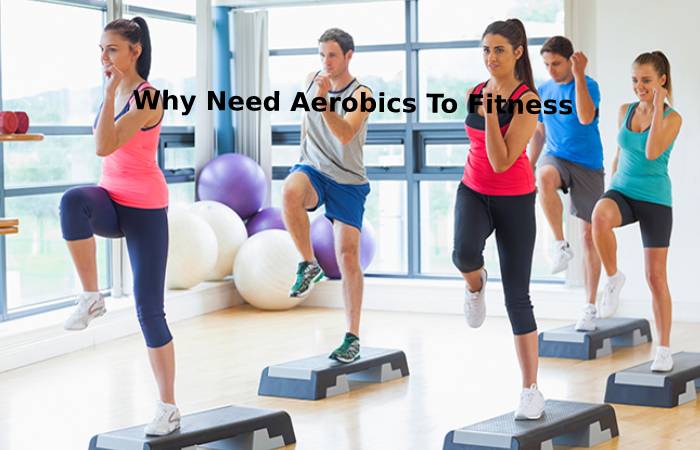Table of Contents
About
Fun Fitness Classes – A term that we hear about daily and is endless. More than sports training or physical activity, it has become a state of mind and a true philosophy of life for many of us. It’s impossible to go a week without hearing about a recent big “fitness revolution”, no matter where you live. It could be a new training app, a new training method, a new course, a new trend powered by who knows which star, etc. The good news is that everyone can find the discipline that suits them, provided they have the correct advice.
What Are The Fitness Trends?
Fitness trends are a broad topic that encompasses just about anything related to fitness, whether it’s a type of workout, equipment, or style of clothing. It’s important to recognize, however, that fitness trends are not fads. Trends have lasting power far beyond the New Year’s resolution craze, often for years. We can distinguish the buzz trend, which is much shorter in duration. I’ll give you an example of buzz, the Shake Weight (but if you remember, this rather strange vibrating weight), the perfect example of a fleeting craze that came as quickly as it left, on the other hand, is the perfect example of an enduring trend. The workout completely changed the landscape of the fitness industry in the 1980s, and although decades have passed and times have changed, it continues to thrive.
Why Need Aerobics To Fitness?

Before fitness, we talked about aerobics. This practice was born in the United States in the 70s by Jane Fonda, who proposed a television program with a set of aerobic exercises. However, with Véronique and Davina in the 80s, aerobics arrived in France with their show, Gym Tonique, every Sunday morning. You probably know the cult credit “ Toutouyoutou.” Aerobics is becoming a phenomenon in gyms, before gradually transforming with the addition of new concepts and accessories: steps, dumbbells, rubber bands, sticks, etc.
What do You need To Know About Fitness Trends?
When it comes to fitness, if it sounds too good to be true , it probably is. Beware of workouts, supplements, diets, or equipment that promise effortless stellar results. Let’s take the example of toning sneakers, which are supposed to shape the legs just by wearing them. The charade finally came to light when a 2010 study showed the benefits were non-existent, and brands like Sketchers and Reebok had to pay millions of dollars to reimburse overly gullible consumers. Bad Buzz. On the other hand, it Went on sale. The book provided scientific evidence supporting the mechanical benefits of ‘ barefoot ‘ running, and the minimalist shoe trend was born.
Although there have been subsequent class action lawsuits against manufacturers of such shoes due to misleading advertising (and the benefits are still debated in the running community), the trend remains because there is scientific evidence, both for running and sports activities, which can legitimately support a specific efficiency.
Not All Trends Are For Everyone
In addition to the enjoyment you may or may not have depending on the fitness class in question, there are many other reasons why a trend may not be good for you. For example, you have chronic pain (especially bone pain) or a recent injury, so now is probably not the best time to take classes or programs focusing on high-impact exercises, plyometric movements, or loads. You risk exacerbating your injury.
You are pregnant. You’ve probably read about moms-to-be lifting weights and running marathons. Sure, these stories are inspiring and can be perfectly safe under the supervision of a doctor. That said, it’s not suitable for all pregnancies, especially if you’re starting. Now is the time to listen to your body, consult your doctor, and first stick to low-impact forms of exercise.
Your budget and your time are limited. There’s no shame in admitting that you can’t afford a $ 150-a-month dance studio membership. There’s also no shame in recognizing that you don’t have time to attend an hour-long class five times a week.
How Many Exercises Do You Need Per Week?
“The general recommendation from the American Heart Association is to do 150 minutes of moderate-intensity exercise per week or 75 minutes of vigorous activity per week, or a combination of both. Jennifer Haythe, MD Associate Professor of Medicine, Co-Director of Columbia Women’s Heart Center, and Critical Care Cardiologist.
You decide how you divide up those minutes: five 30-minute moderate workouts, one 75-minute intense workout. Then, adapt the program to your schedule and your stamina. If you haven’t followed a regular exercise program in years, don’t jump into a class that’s too strenuous and will put you at risk of extreme pain and potential injury.
Conclusion
Plenty of workouts fit a modest budget and limited time frame. Don’t fret if you can’t follow the trend your best friend is following. Find another one. You start. Some workouts are beginner-friendly, offering lower intensity modifications and clear instructions on the form, while others are not. Start with beginner-focused activities or low-impact fitness classes (yoga, Pilates, dance aerobics, core strength training).
Also Read Hyper Skin – About, Dark Spots, Glow AHA Mask, And More
